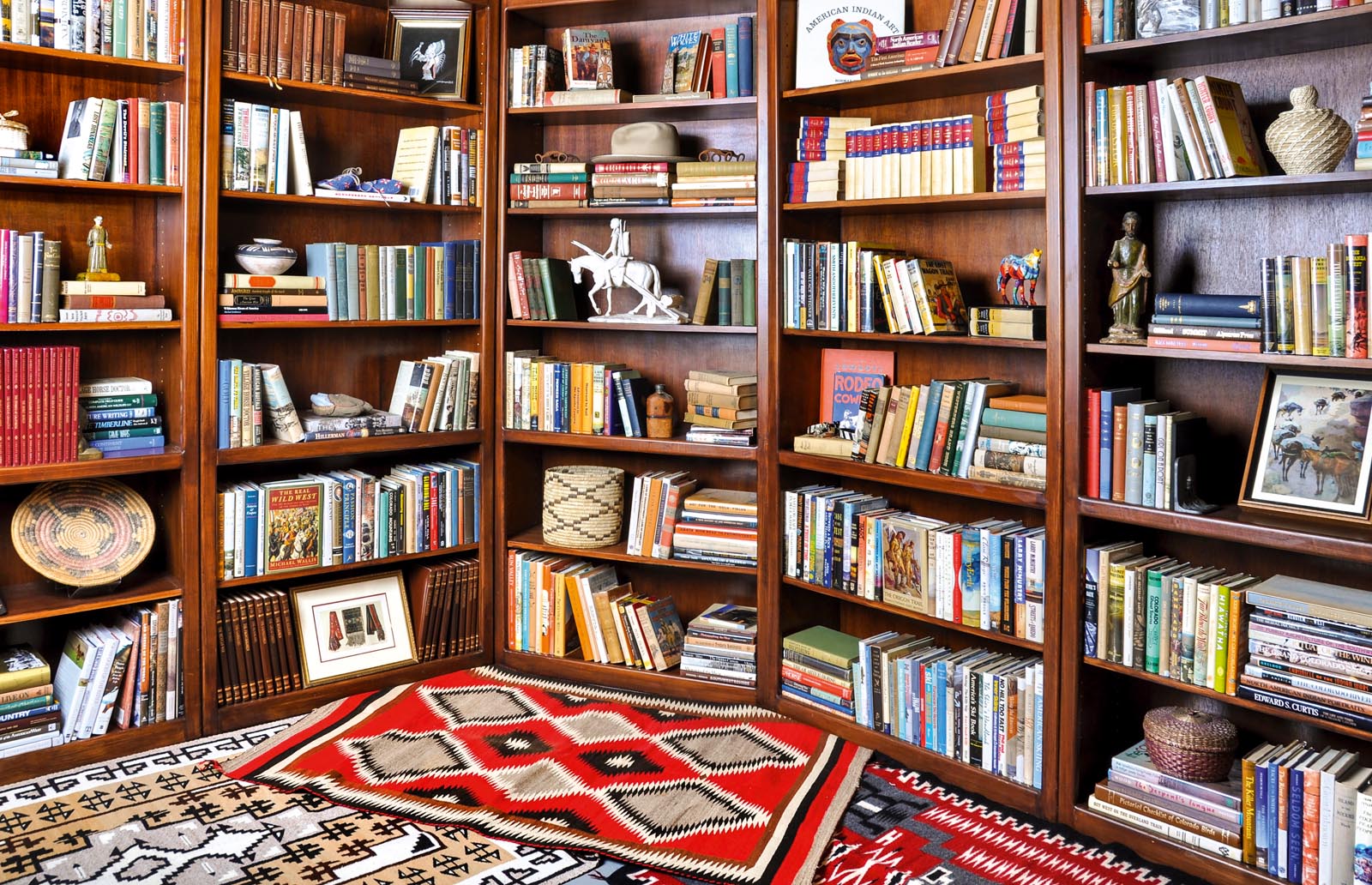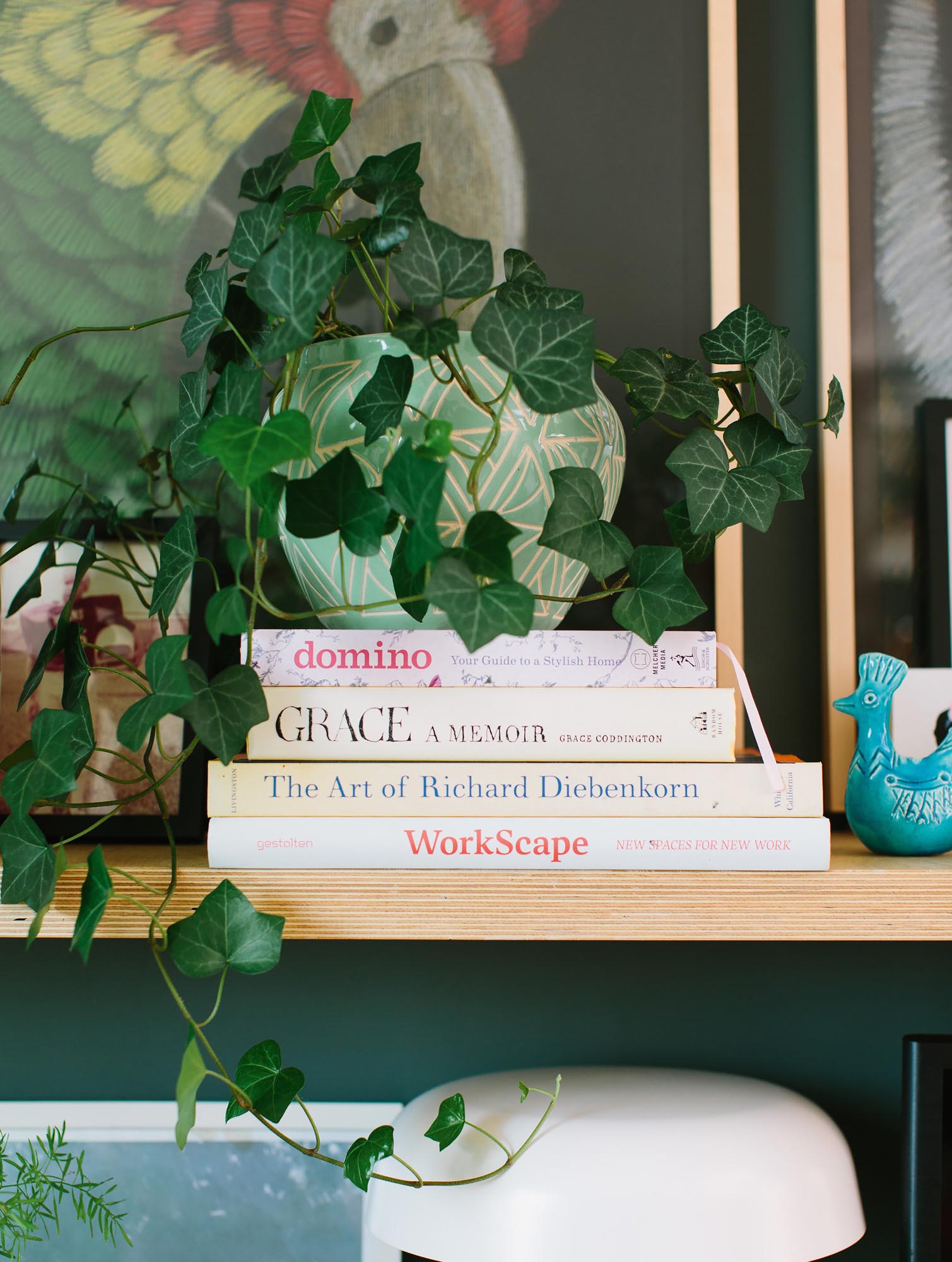
Anyone who sees your library isn’t just seeing the creative output of the authors who wrote the books. They are seeing the story of your life written across your shelves through the books that you’ve chosen to keep and display.
For most people, the living room is the main attraction for books at home. It is here that we tend to choose our good looking books, the books from our collection that shine and really show off who we are to guests in our home.
Most of the time, these aren’t the books you are currently reading (those are in the bedroom or your tote bag). These aren’t the books you use for reference; maybe those are in the office or kitchen. These are the books you want the world to see.

Credit: Christine Han. Features the home of Christene Barberich.
Several years ago, my husband and I moved to a house that had one wall with beautiful built-in bookshelves in the living room, extending from floor to ceiling. We eagerly lined up our treasured books and filled every inch—all the works of Kazuo Ishiguro and Ken Follett for him, the quasi-spiritual self-help sharing equal space with fiction for me. Yet, without intention, we also added a few other things to the bookshelf, simply because we loved them and we had more than enough space. We thought people would just see books on the bookshelves, rows of spines that would convey, in a generic sense, that we weren’t just readers, we were booklovers. We didn’t realize our friends would actually look at the books, the actual titles, and that we would then be reframed in their eyes because of these choices.
All this became clear during a party we hosted shortly after our kids started school. An acquaintance was looking through our shelves very closely (uncomfortably closely) and for an introvert like me, I felt like my soul was exposed. He landed on our complete boxed set of MacGyver DVDs hiding on the bottom shelf—intended to remain out of sight. To my surprise, because of MacGyver, we are now good friends—all because of kinship discovered through Richard Dean Anderson.
The moral? People love to check out your bookshelves. They will see every inch.
And so the task of organizing these shelves in particular—the shelves that face the world—can quickly become intimidating, for these books we’ve kept are also now the books we’ve chosen to represent us, our worldview, our very essence.
As you approach this space and these shelves, take a deep breath and dive in with a sense of delight and possibility alongside a healthy sense of theater and play. The narrative possibilities contained within the bookshelves are endless.
The living room is often the most visible room in the home. Some consider this the perfect spot for an active library where books are taken off the shelf with frequency, while others prefer a static presentation, like that of a painting on the wall or object on the mantle. In this case, there are often other spots throughout the house that reading occurs, like in bedrooms or kids rooms. Perhaps the coffee table in the living room serves as the spot for browsing.
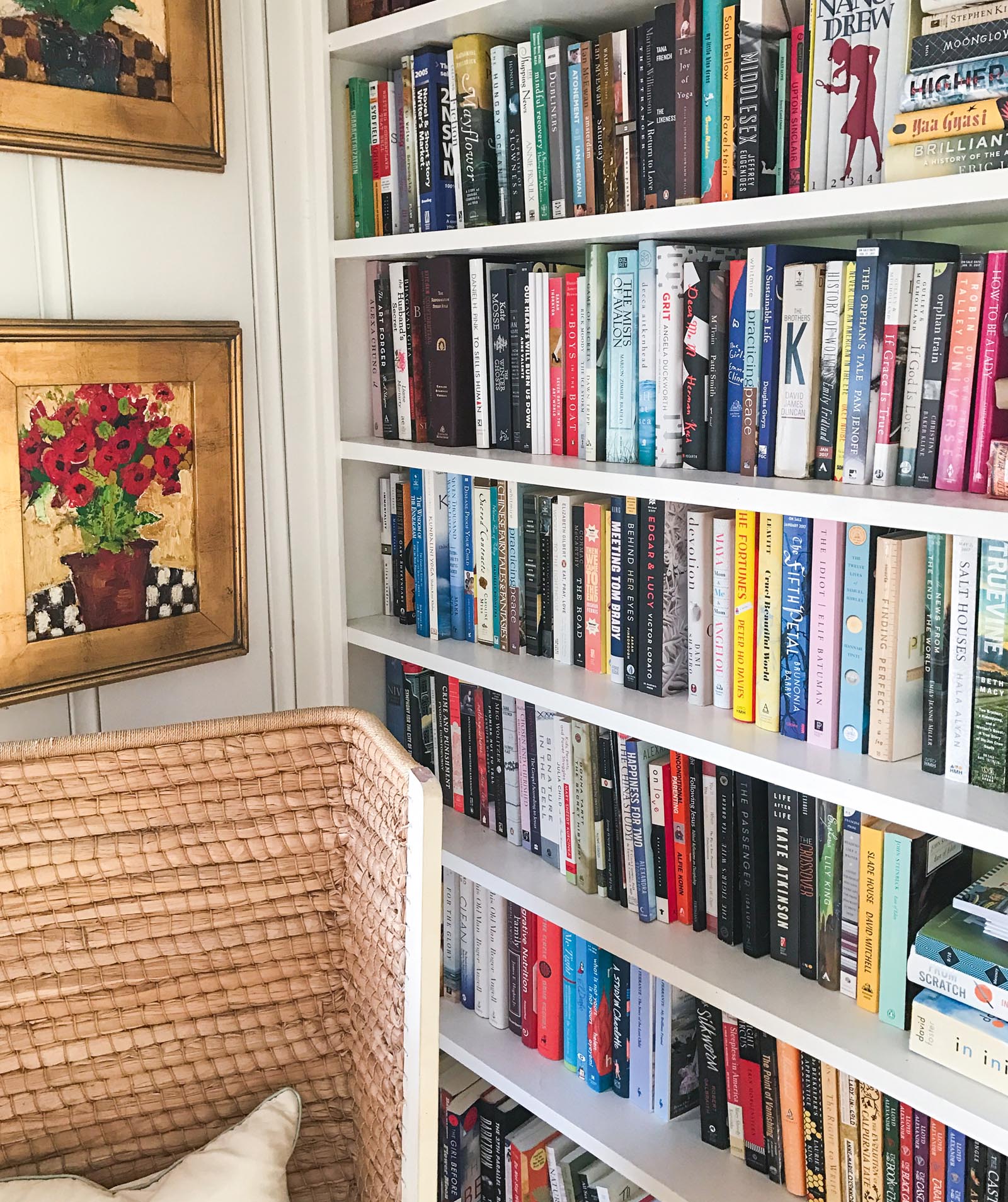
Credit: Christine Lane.
“Books will grow in a house like a vine if you provide something to support them.”
—Billy Baldwin1
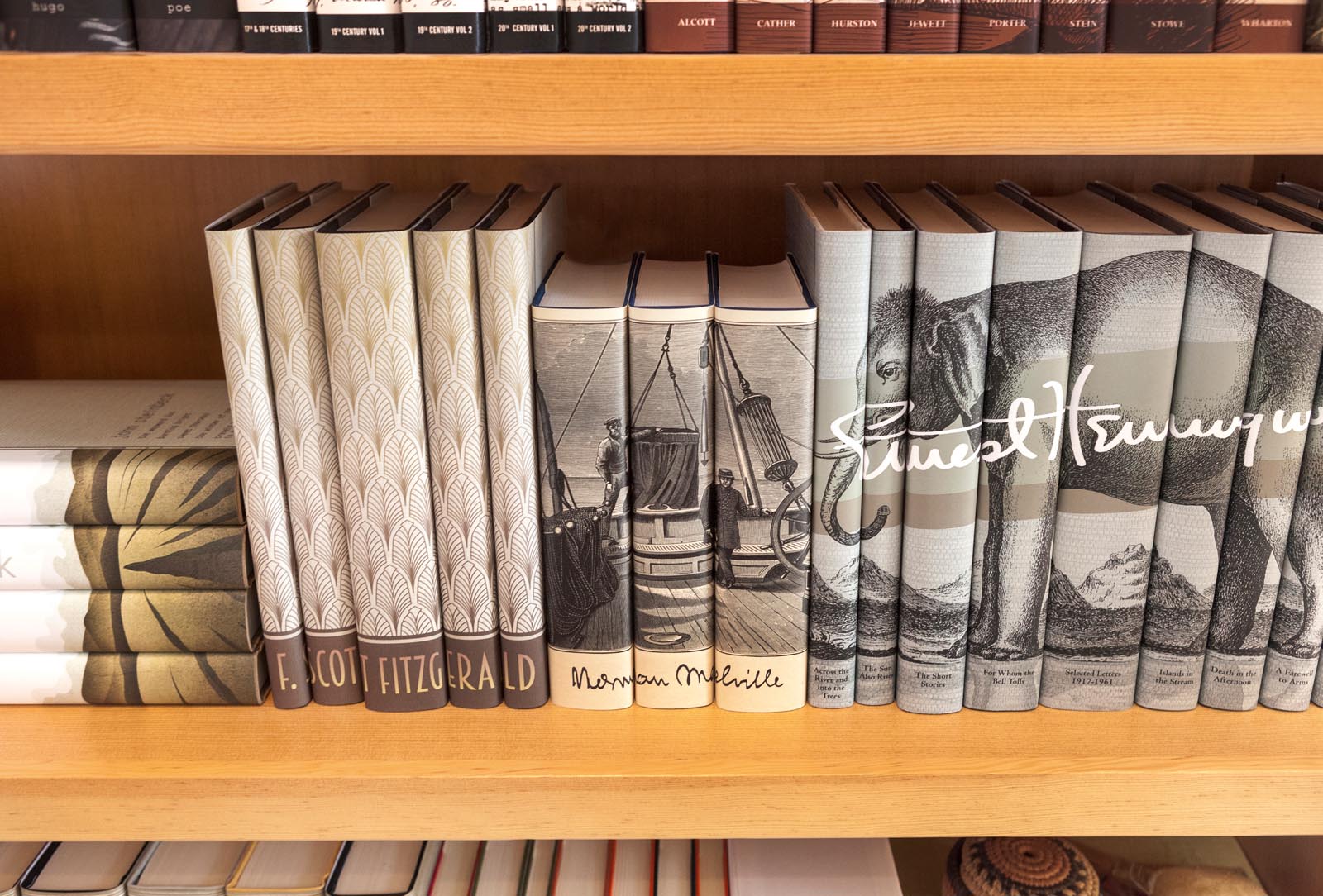
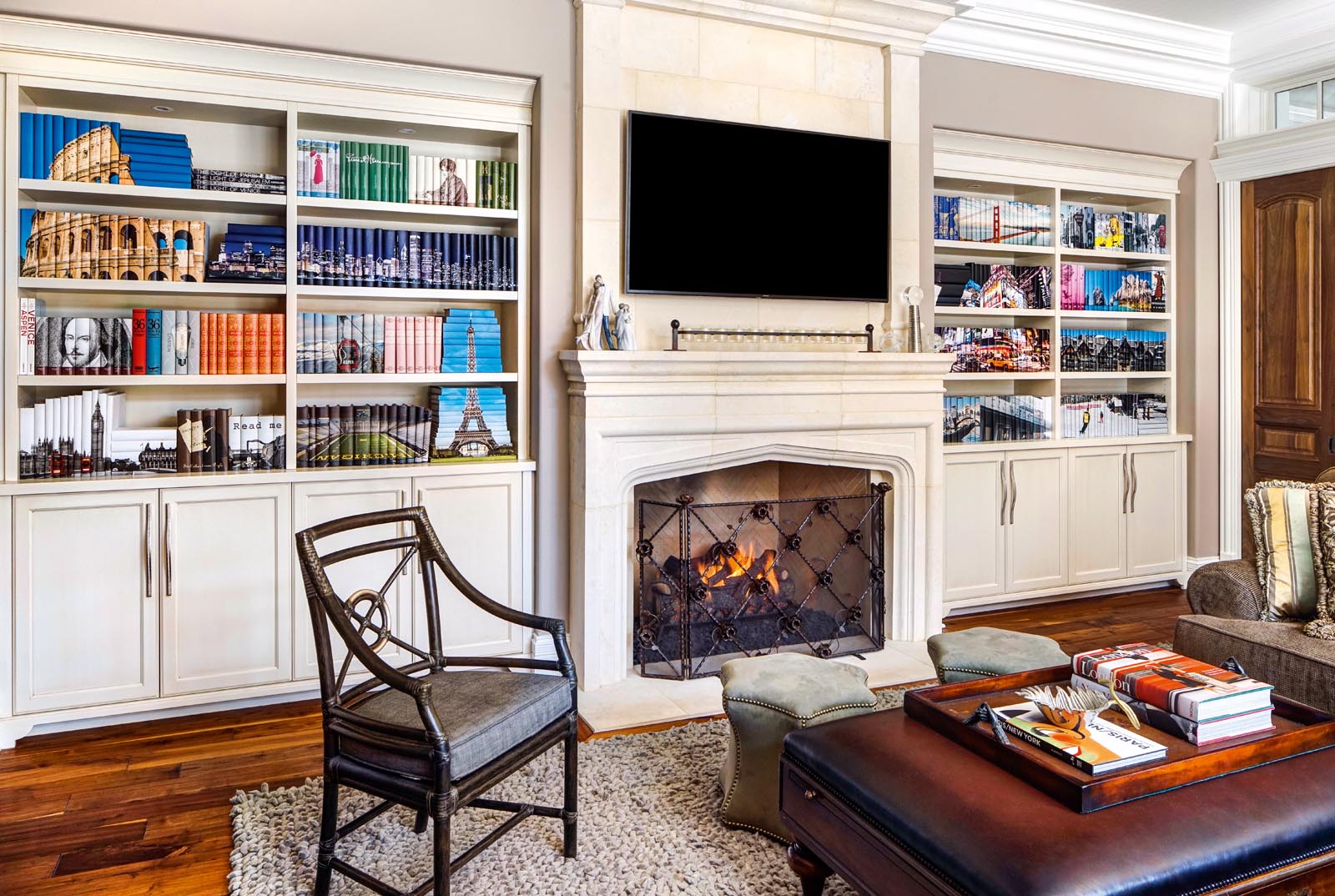
One family approached Juniper Books because they had bookshelves in their living room that were sparsely filled with family photographs from their travels; they felt there was something more inviting and representative of themselves that they could do with this space. They asked Thatcher if it was possible to create an installation across the shelves with books displaying photos of fourteen places they loved to visit on the spines.
Juniper Books created custom jackets to reflect this vision, using some of the family’s own photographs alongside other stock photography. Once the shelves were installed, the family quickly found that the books served as a conversation starter, bringing their loves and interests to the forefront of conversations.
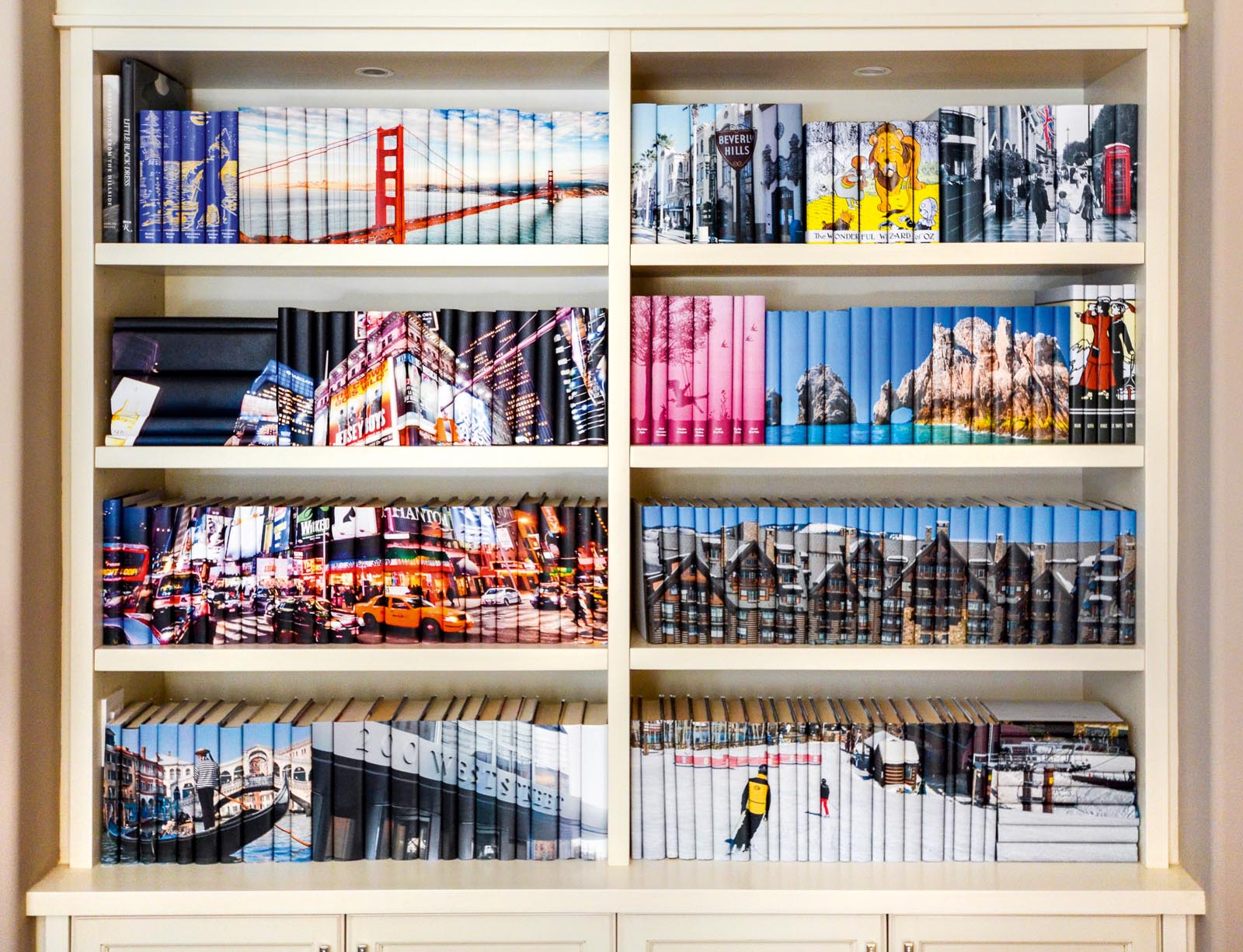
A different approach can be found on the shelves in the home of Gwyneth Paltrow. Gwyneth was a childhood friend of Thatcher’s, however they had not spoken in the decade preceding the publication of Gwyneth’s cookbook My Father’s Daughter. Thatcher happened to have an amazing photo of Gwyneth and her dad dining at his parents’ restaurant—The Quilted Giraffe—in the 1980s. He used that photo to make a custom jacket for Gwyneth and sent it to her wrapped around her book as a gift. The two got back in touch and have collaborated on special gifts, books for Goop (Gwyneth’s lifestyle brand), and selections for Gwyneth’s home over the years.
Gwyneth’s family room functions as the heart of the house. It’s the room in which everyone spends time together, where the family plays music together, and anyone can hop on the sofa to grab a book behind it. The books on the shelves reflect the family’s interests. Gwyneth had some books to start with when she asked Thatcher to complete the library so he was able to build on various collections, keeping the quality and visual impact high.
All the books fit seamlessly together, continuing to tell the family’s story that they had begun to tell from their original collection. On one side are the children’s books, within reach and ready to grab off the shelf. On the other side are Gwyneth’s books including collections of fashion, art, photography, and culture. Within this space, the books are placed with an eye to presentation, yet the exact order of the books is not specific. The books can easily be taken off the shelf and read without intimidation of getting the books out of order. Beyond telling the family’s story, these shelves tell the story of California—bright, optimistic, and culturally interesting. A substantial amount of empty space is left on the shelves in order to keep them airy and full of potential.
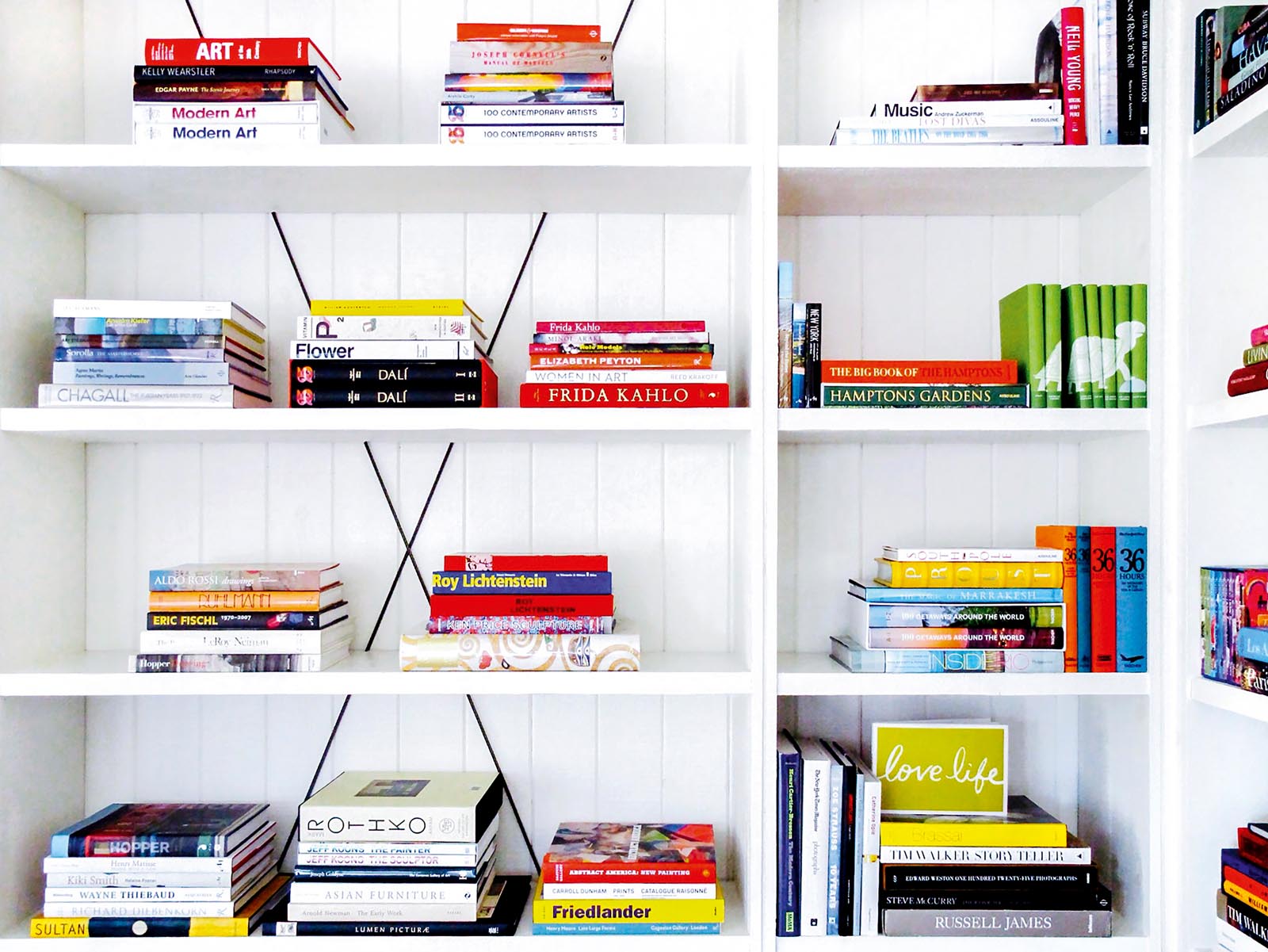
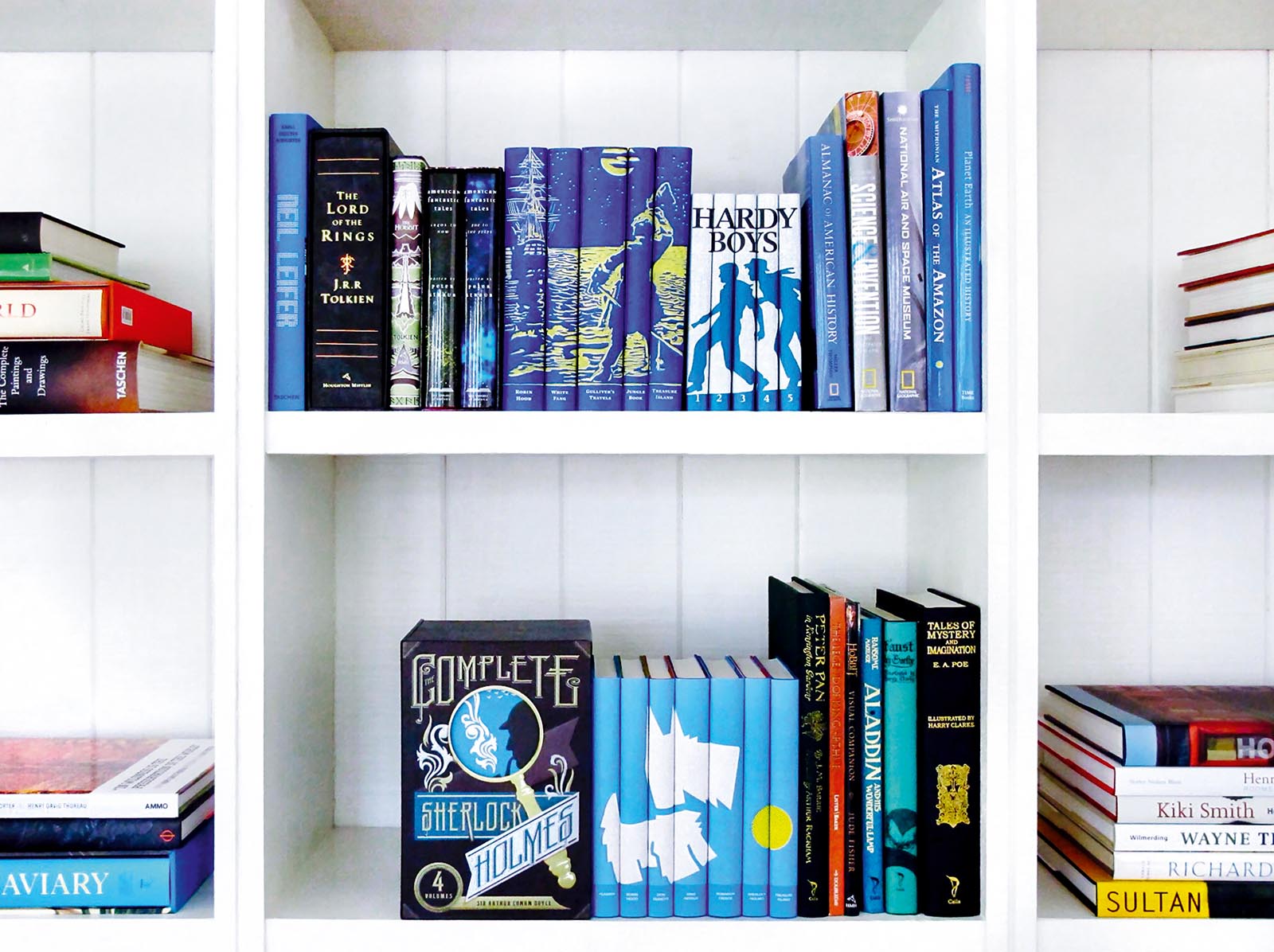
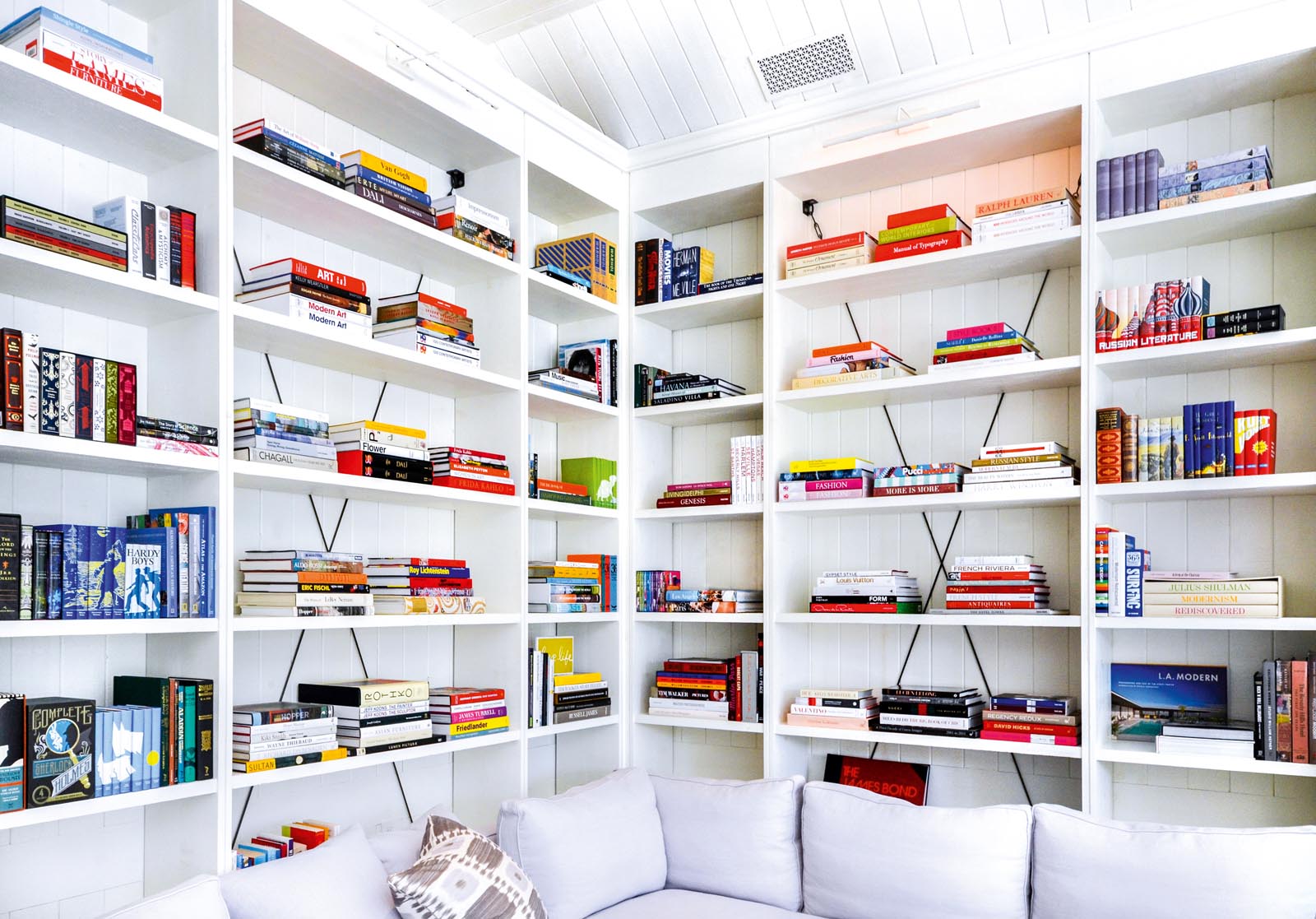
Another example of an approach to building a library was that of a family who met with Thatcher after the patriarch of the family, a successful entrepreneur, had passed away. Three generations of the family still spent time in the house, but going into the grandfather’s office was associated with loss and sadness. Everyone associated the room only with him. The matriarch invited Thatcher to transform the space, hoping to create a library that multiple generations would want to use, a space where every member would feel welcome. In addition, the family had built their business around education and reading—what better way to honor the patriarch of the family than with a library of books to encourage his family to learn, explore, and enjoy the power of storytelling.
It was a large room, so Thatcher first recommended ways to break up the space into different thematic collections. One section would be devoted to the younger members of the family with children’s books and classics lining the shelves, another section for history, followed by travel, culture, and finally, art books.
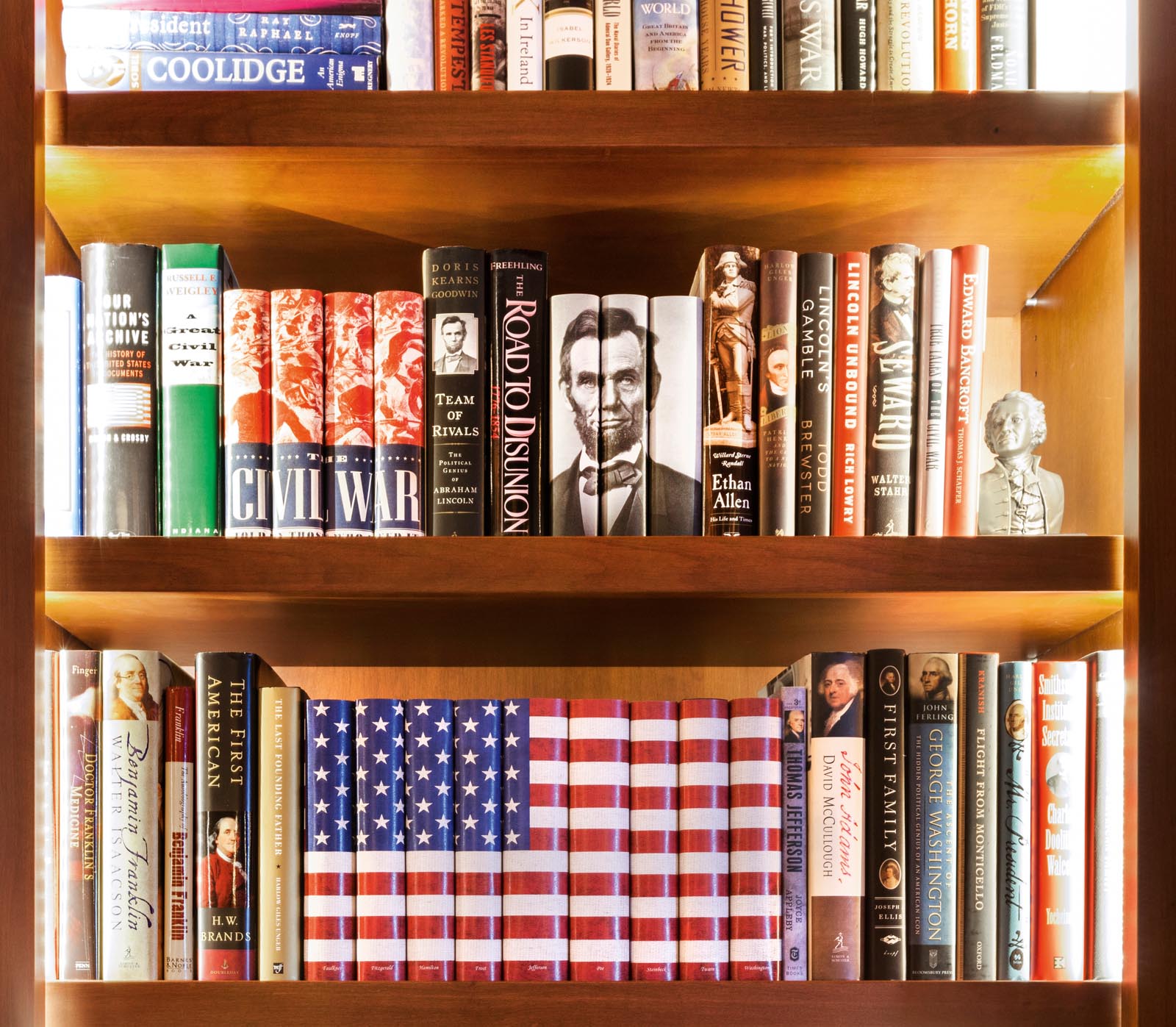
One of the most magical spots was where the patriarch’s desk used to stand, the very place that had seemed unapproachable. A game table was placed there, where the grandkids could gather to play cards, tell stories, and laugh. Juniper Books made custom books for the nearby shelves with images of playing cards and with card game rules printed on the jackets, a fun, one-of-a-kind custom set.
The room became a true reading library, one that is actively used and enjoyed. The transformation was made possible with books. More than simply completing the family’s story, this family needed a way to begin to tell their story by changing the very perception of the room. By mapping out each area of the room and filling each section with books that told a specific story, the family finally felt invited into the space—first to read, then to share and participate in the space with each other, taking books off the shelf, playing games, and sparking new conversation.
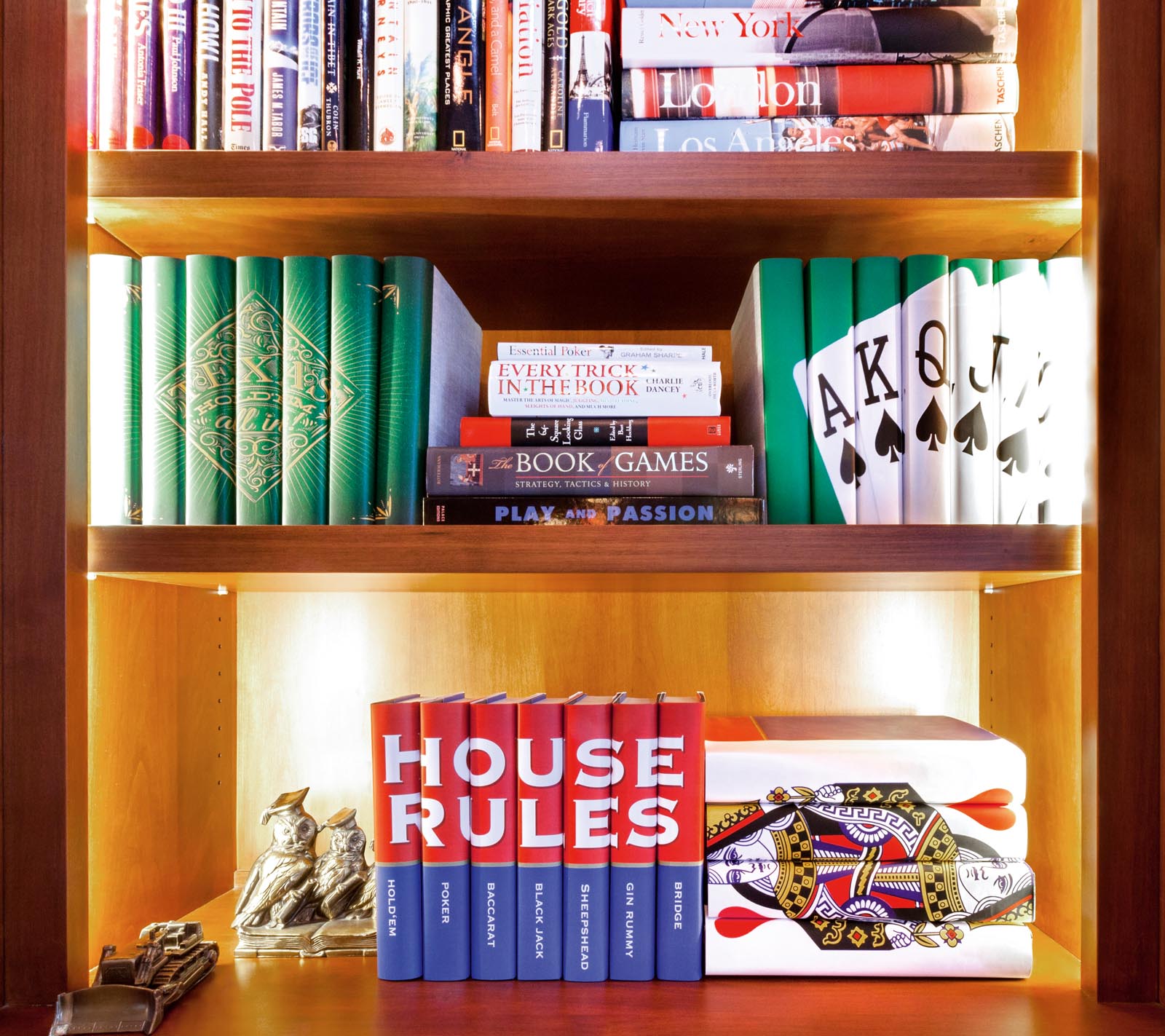
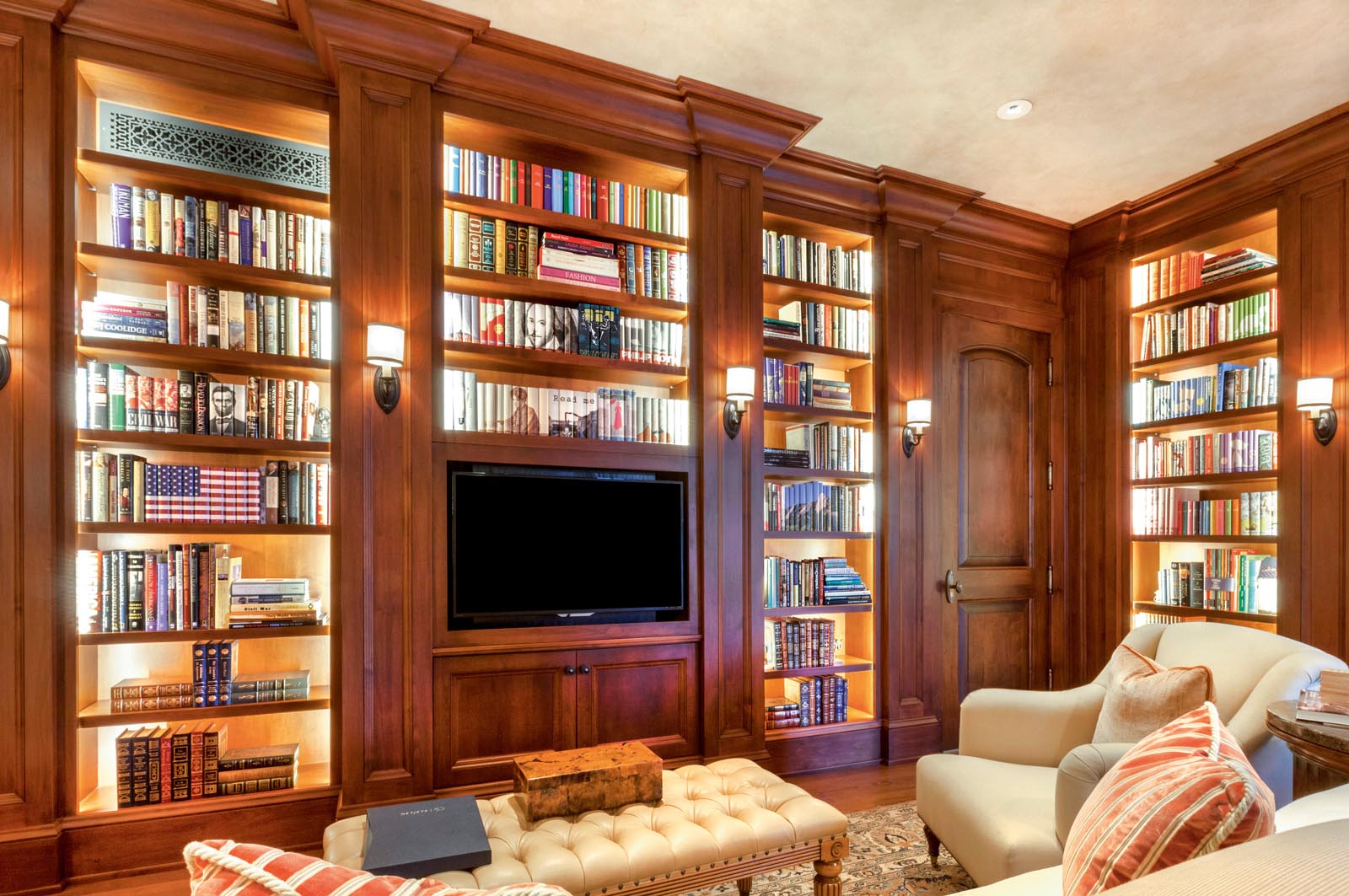
From these examples, the following advice emerges: Don’t just fill your shelves. Think about your intention—what you are trying to accomplish with the books that you keep and display, and what story would you like to tell in a particular space about you and your family?
Remember, one room doesn’t have to tell the whole story. Feel free to break your story apart and spread the narrative through different spaces, carrying the essence of you and your entire family throughout the home.
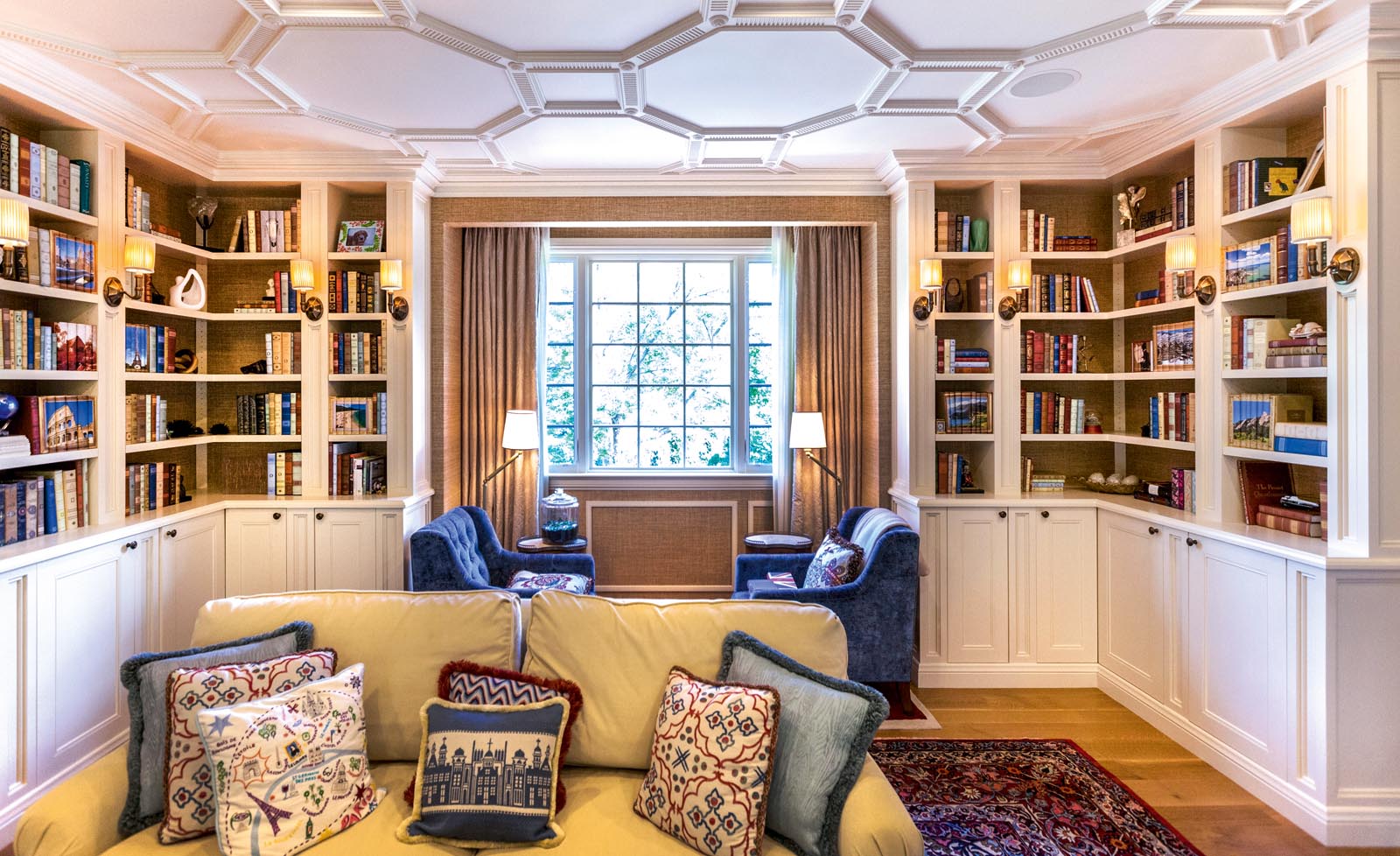
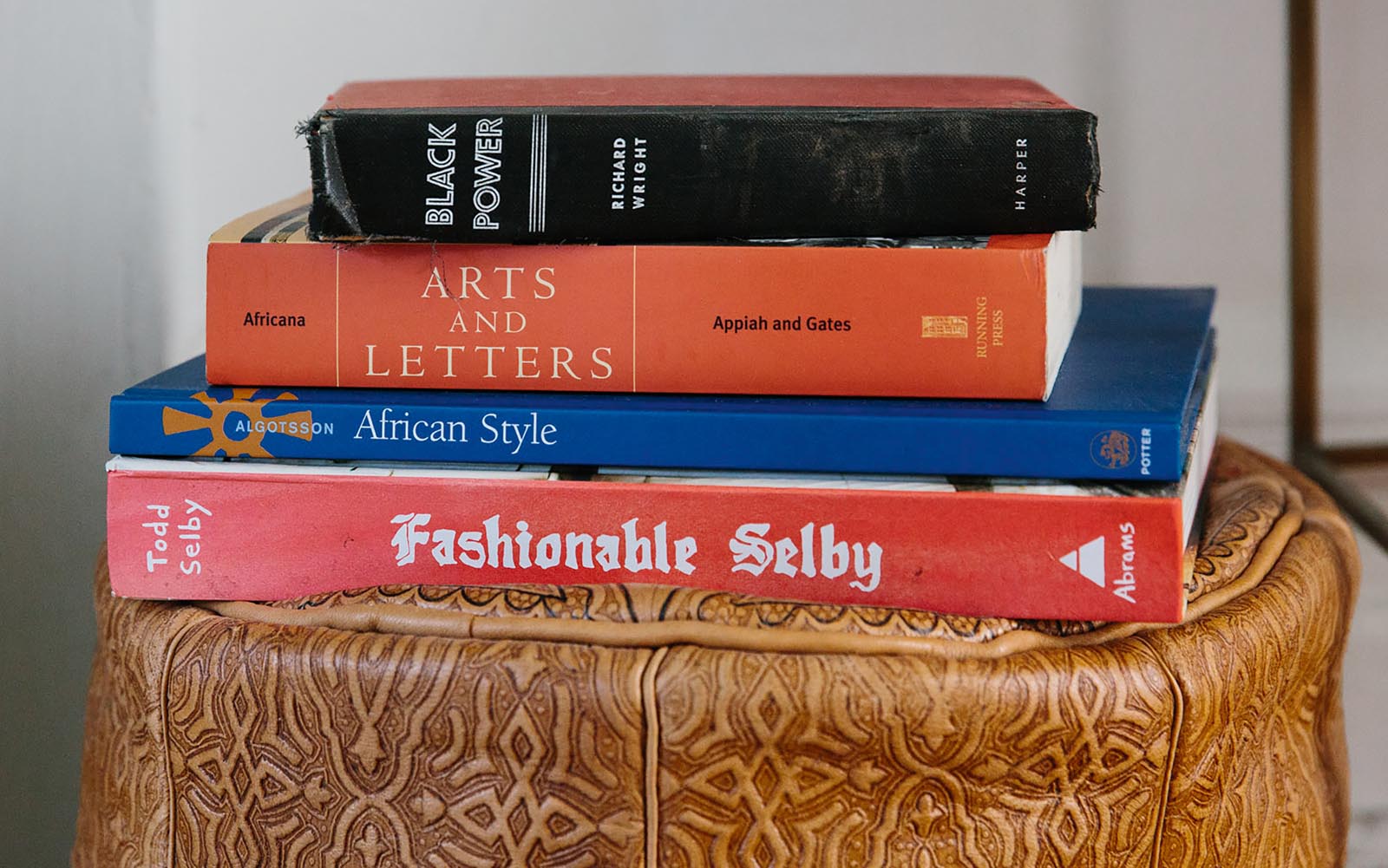
Credit: Christine Han. Features the home of Jeanine Hays and Bryan Mason.
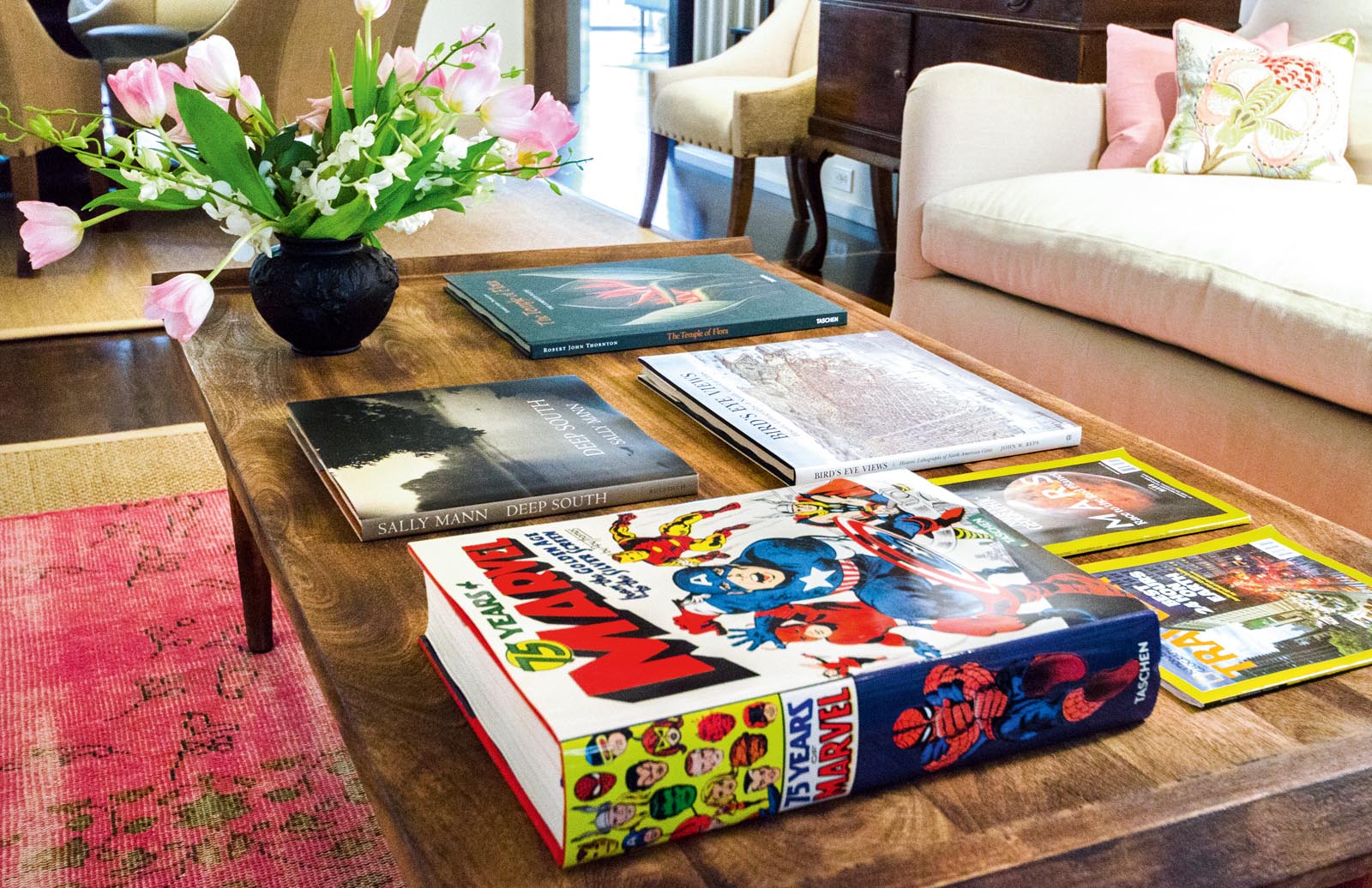
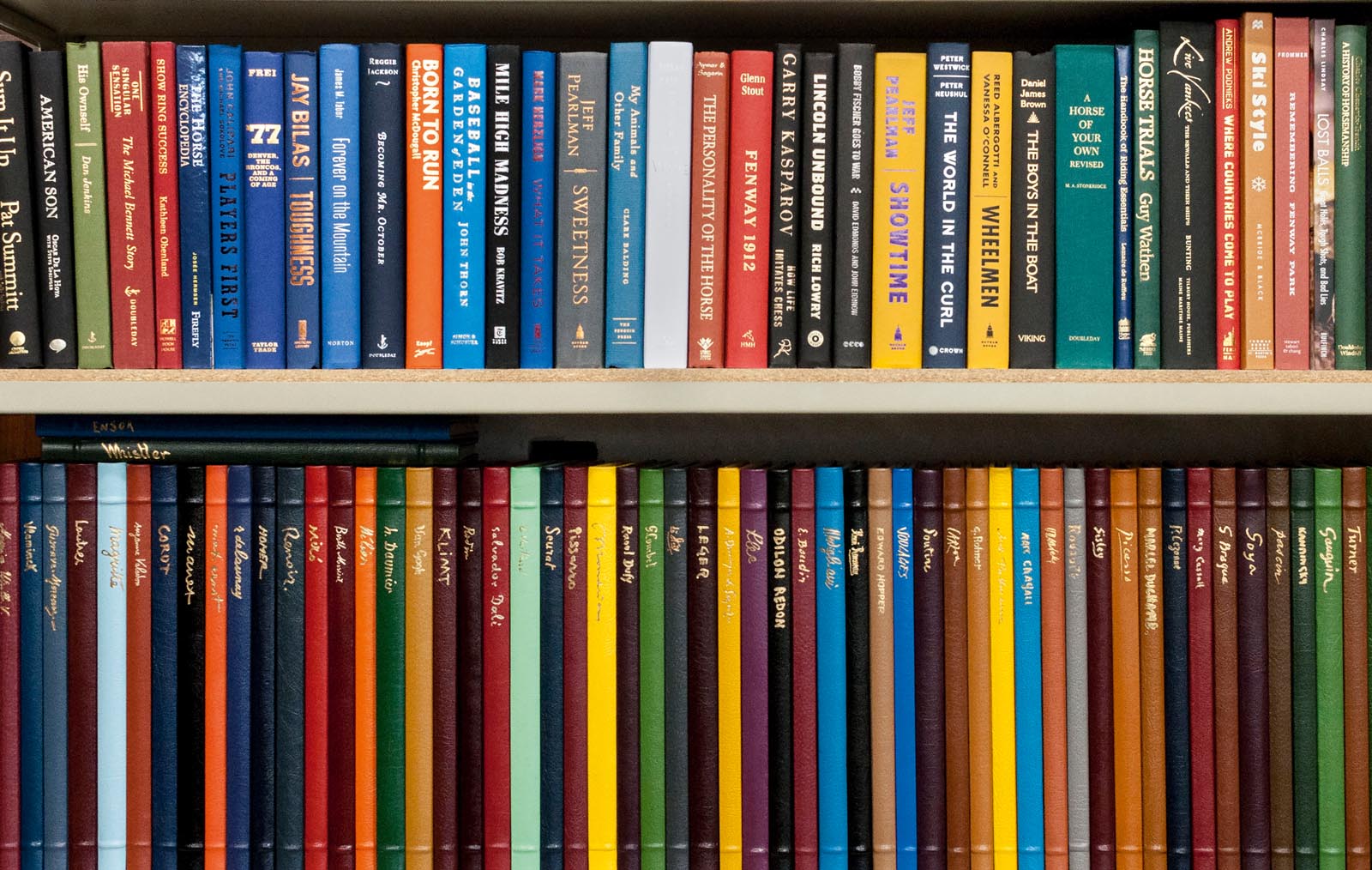
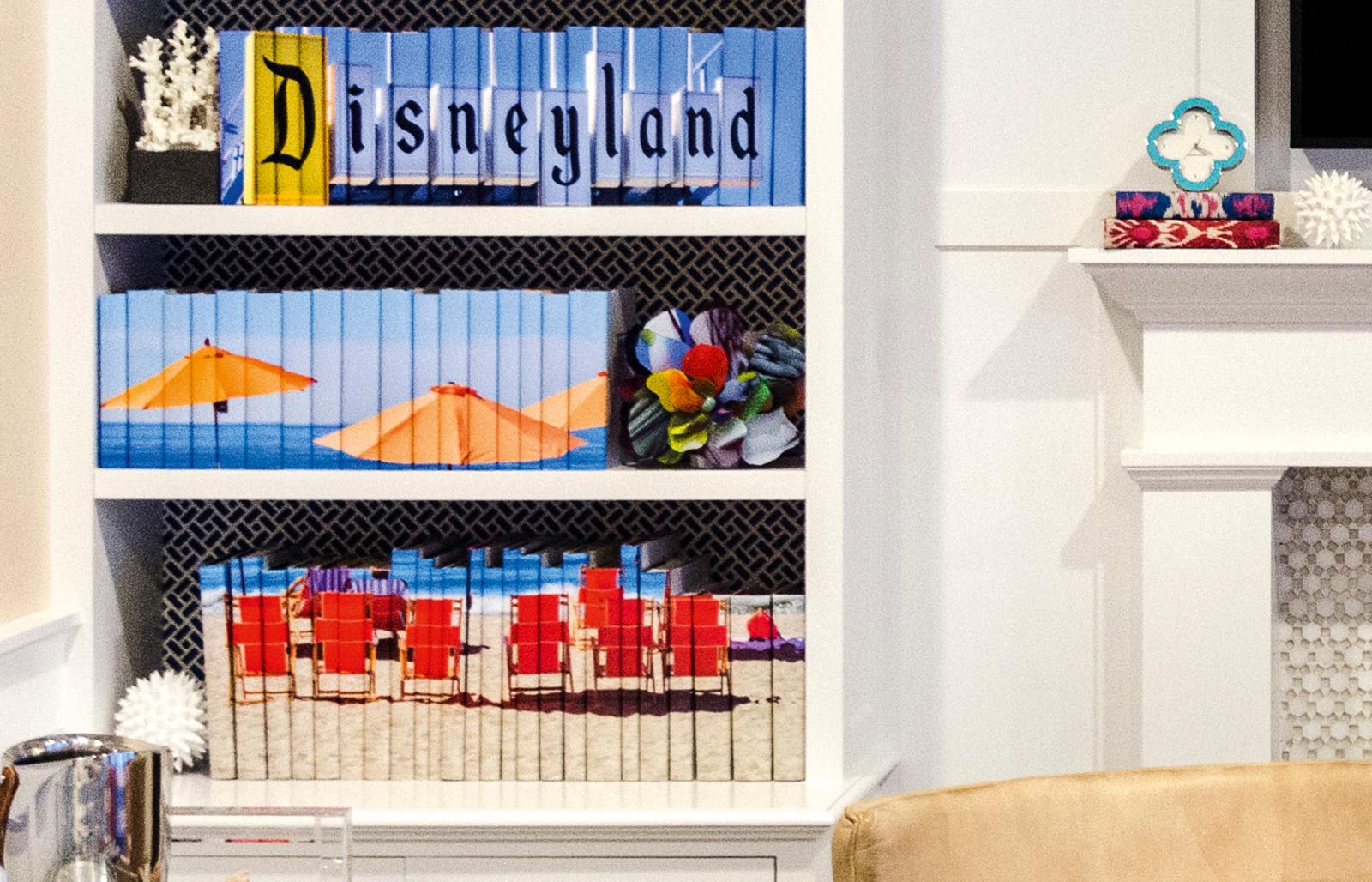
Try to put yourself in the shoes of a first-time visitor to your home. What would you know about the occupants by seeing their books?
What conclusions would you draw about their hobbies and interests, their passions? Do they have kids or pets?
Now, make a list of what did not come through about you and your family that perhaps a new approach to the bookshelves could convey. Plan to come back to this list to set your intentions for the shelves and changes you will make.
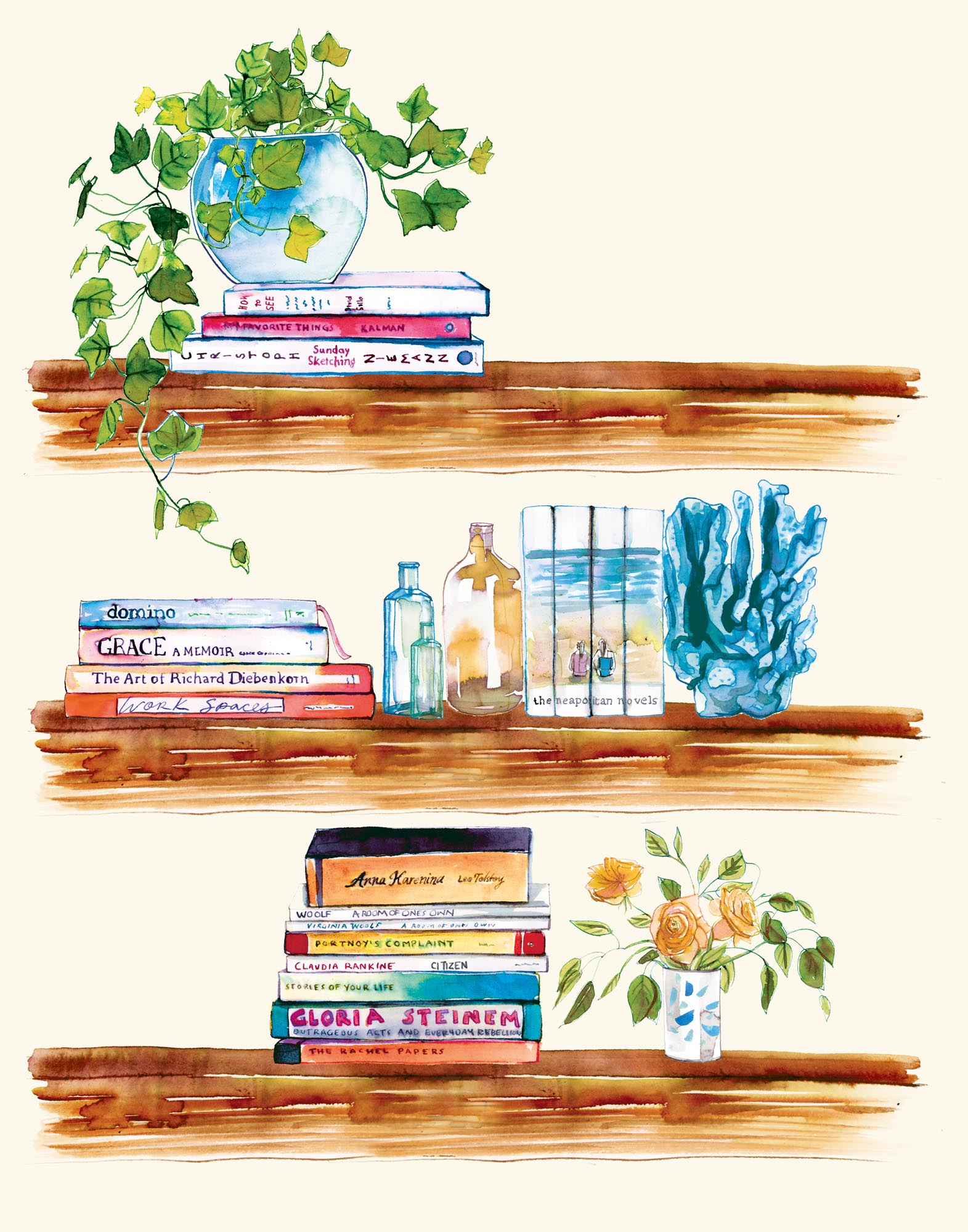
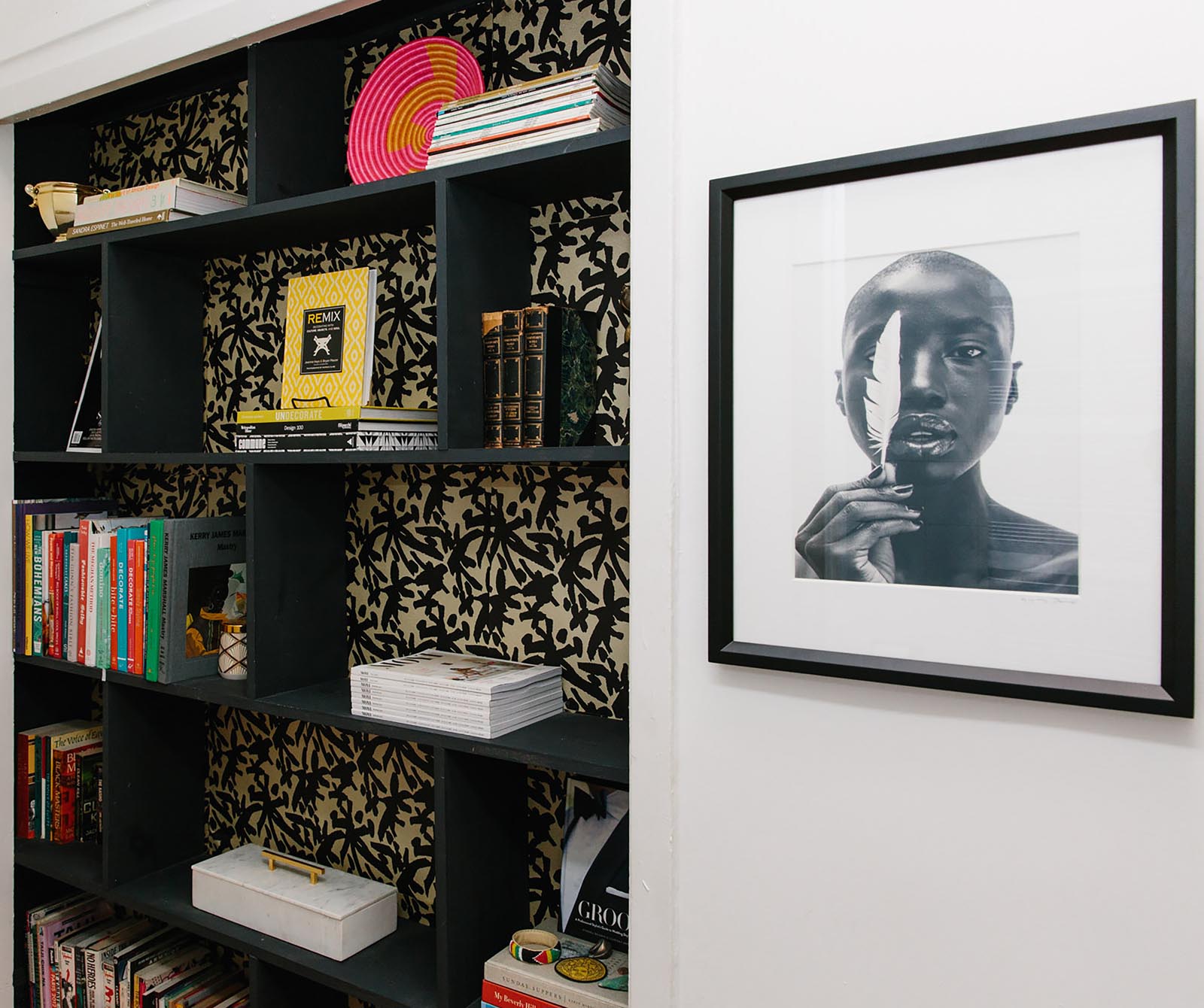
Credit: Christine Han. Features the home of Jeanine Hays and Bryan Mason.
